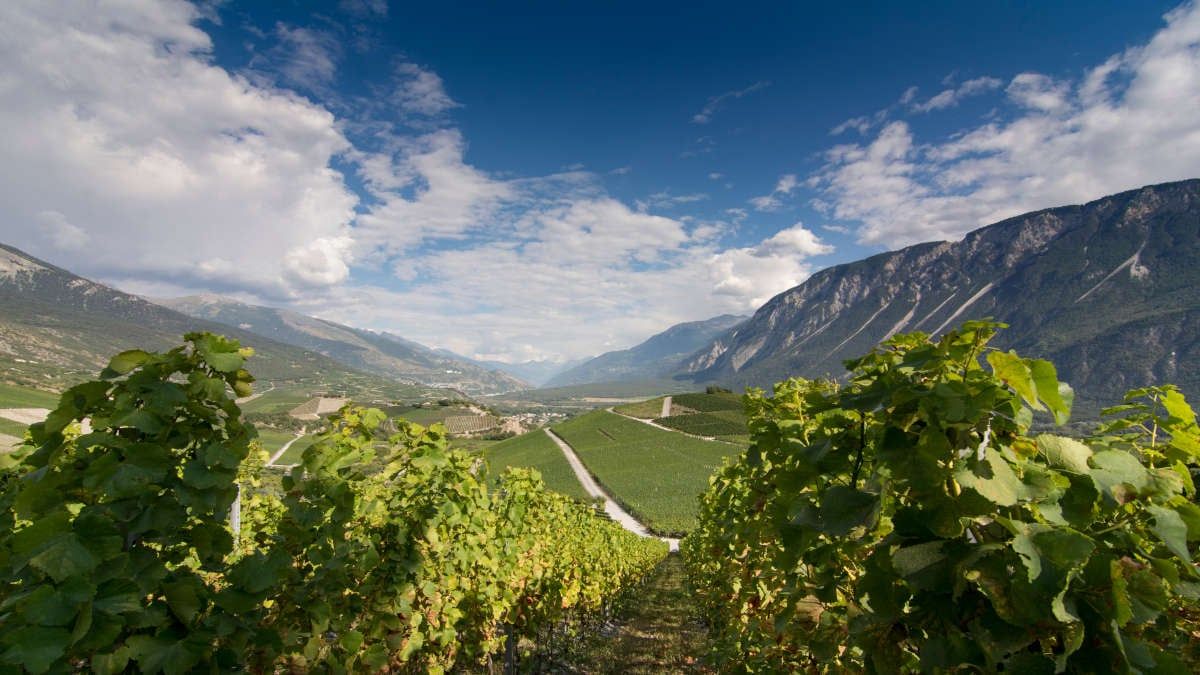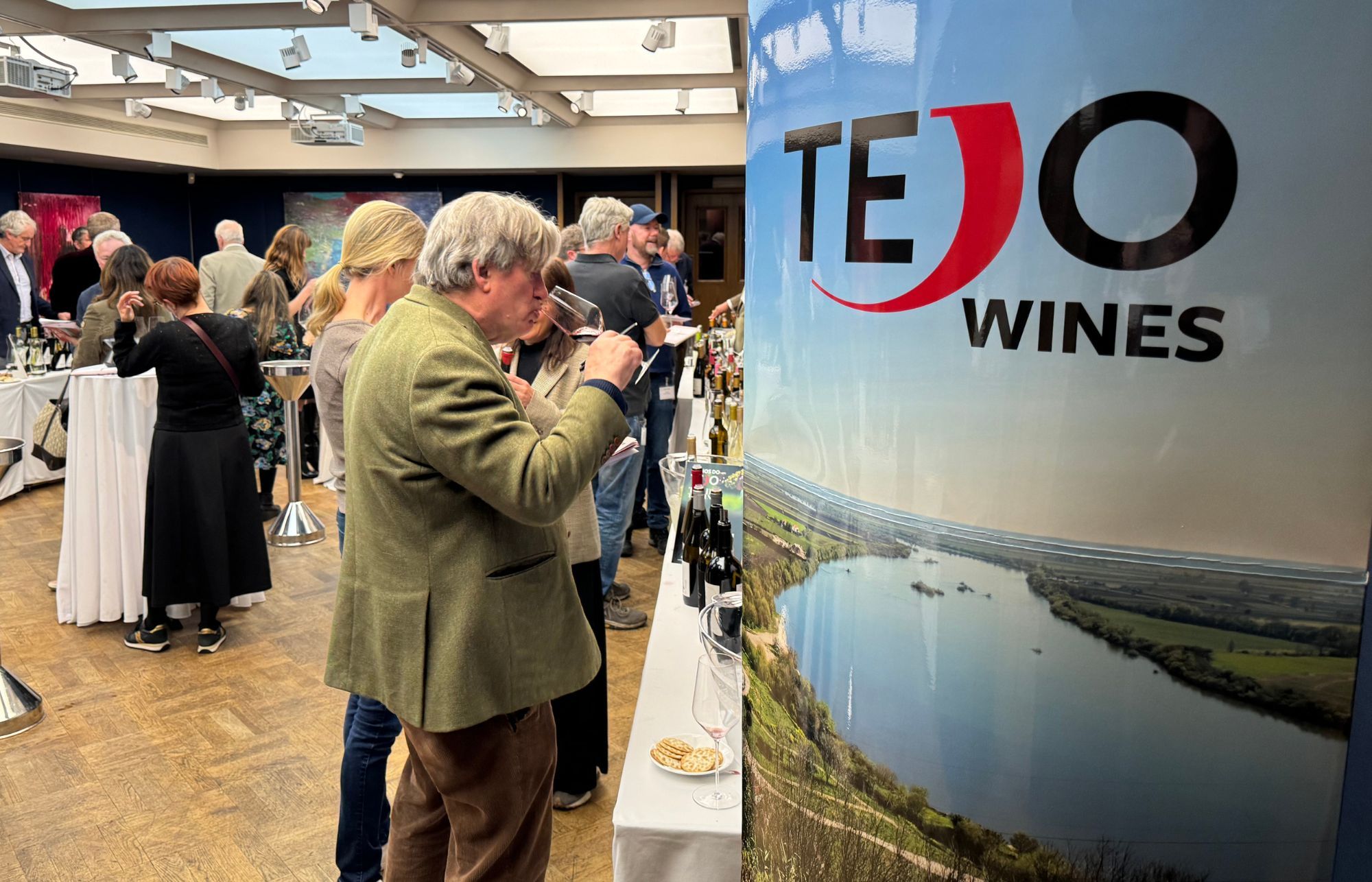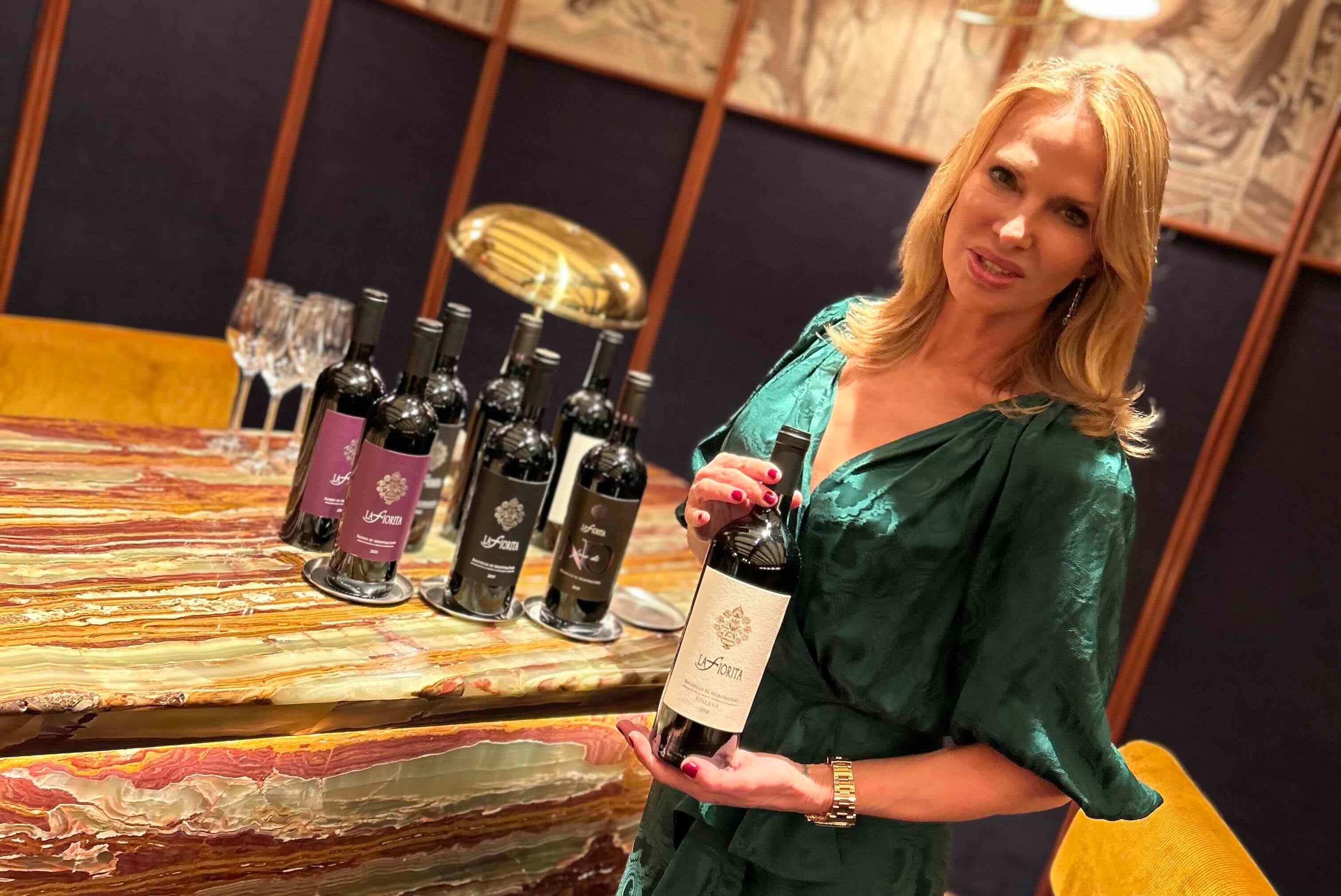“Organic and biodynamic certification usually gives a clue that the producers care that bit more,” says Walls, of the increasing emphasis on sustainability within the Côtes du Rhône region.
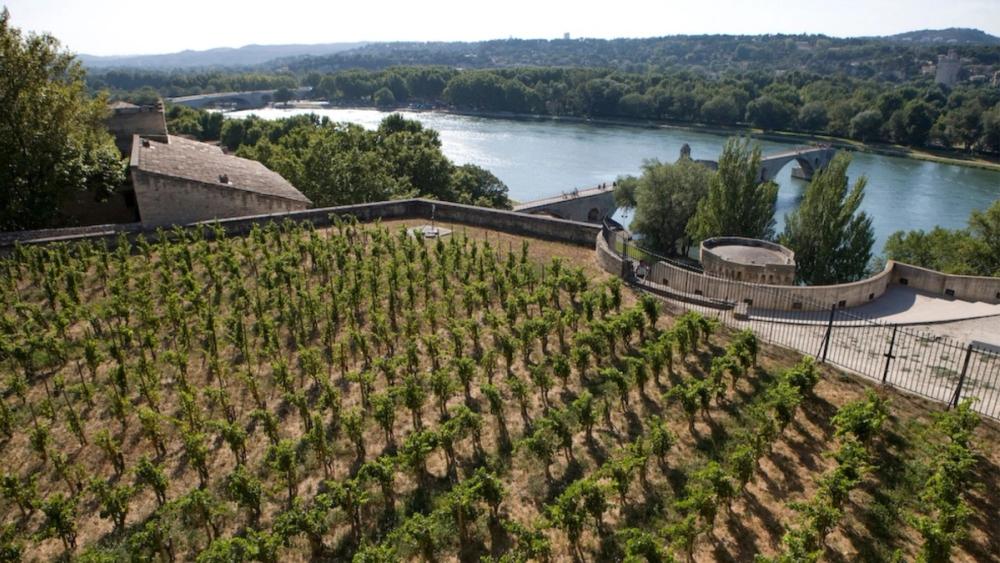
The Rhône river running next to the vineyards
Arguably the real engine room of the Rhône Valley, the appellations of the Côtes du Rhône, sometimes do not grab the headlines like their celebrity neighbours, such as Condrieu and Hermitage, something that Rhône expert Matt Walls is keen to rectify: “The Rhône is constantly changing if you look hard enough … it’s a large and dynamic region, so it’s always good to check in now and again to see what’s new,” he says, by way of introduction.
The next generation making their mark

The new generation making its mark on the Côtes du Rhone
The wines of the Côtes du Rhône are constantly evolving. A new generation of wine producers has actively sought out oenological qualifications, as well as travelling the world from vintage to vintage to gain valuable experience and knowledge of other techniques. This has led to new ideas and different styles emerging in the region.
There has been a swift rise in the number of female winemakers. What was historically seen as a hard, physical ‘man’s job’ in an entrenched patriarchal society now belongs in the history books. Daughters and nieces are taking over from fathers and uncles as the increase in diversity of talent once again adds new ideas and attitudes to the mix.
The Côtes du Rhône appellations are also one of the few AOCs that can still attract new participants to the industry. The relative price of vineyards and large choice of production styles are a key draw, according to Walls. “If you are looking to get involved in wine in the Rhône Valley you’re faced with the same price for half a hectare of St-Joseph (as) for eight hectares in the Southern Rhône,” mused Walls. “You’re also relatively open to produce whatever you want given the freedom the AOC rules are designed to offer.”
The ever-improving white wines
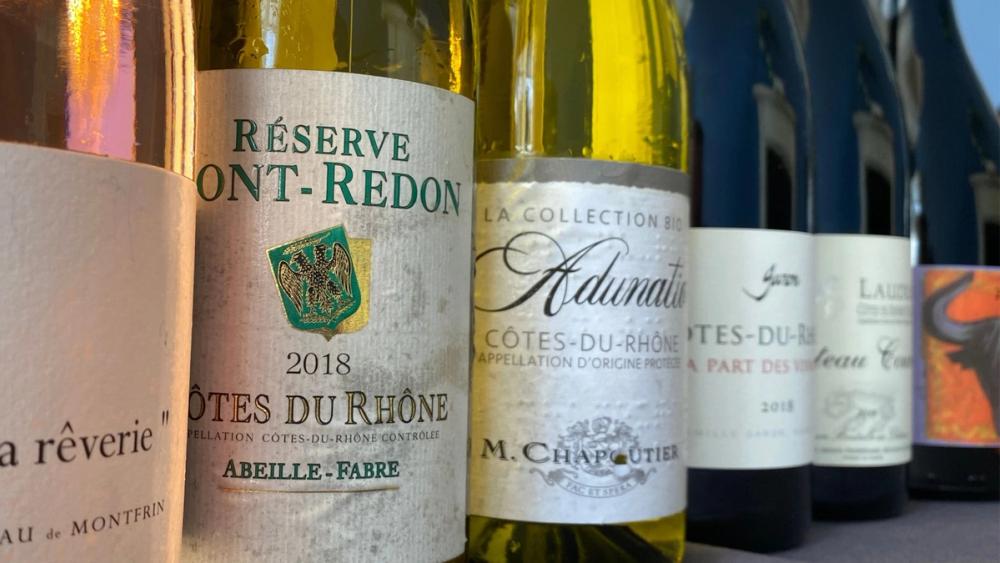
The white wines were some of the highlights of the masterclass
Although white wines still account for a mere single figure percentage of production in the Côtes du Rhône, the quality and interest has grown significantly. The six principal grape varieties permitted are Bourboulenc, Clairette, Grenache Blanc, Marsanne, Roussanne and Viognier, with the addition of Piquepoul Blanc and Ugni Blanc also allowed.
The blend of unique local grape varieties puts the whites of the Côtes du Rhône in an excellent position, allowing for that vital balance of refreshing acidity, aroma, and body that make them fabulous as food pairing options across any menu. The Edinburgh masterclass showcased the gunflint style of Château Mont Redon’s 2018 Reserve (RRP £15.00, Justerini & Brooks), the smoky style of Chapoutier’s stunning Collection Bio Adunatio 2020 (RRP £16.00, Hatch Mansfield), and the light mineral style of Famille Perrin’s Nature 2021 (RRP £16.00, Liberty Wines).
The range of styles on offer is building strong demand, with Walls noting that “lots of producers are now selling out early, if not straight after release. It’s a fascinating success story and one that will be interesting for the years to come.”
Sustainability in a changing climate

Biodiversity is on the rise in the Côtes du Rhône
The climate has changed rapidly over the last 30 years. Harvest dates are now around 15 days earlier, the air temperature has markedly risen and rains are now staying away in the growing season, with increasingly dry summers.
Perversely, the Côtes du Rhône is currently well placed to handle the short-term changing climate. “The region is already known for producing rich and ripe wines,” notes Walls. “The vines are used to hot temperatures, they’ve got a good mix of permitted varieties that they blend well, and there is, of course, the very useful Mistral wind that keeps a level of freshness and reduces disease pressure.”
This low disease pressure has allowed for a significant rise in organic viticulture. 12% of Rhône Valley wines were certified organic by 2021, with that figure increasing to 19% for the Côtes du Rhône Villages with geographic name. Walls has long been an outspoken proponent for more environmentally conscious viticulture and was clearly enthused by this trend: “Organic and biodynamic certification usually gives a clue that the producers care that bit more.” With 365 wineries already signed up to the French government’s HVE sustainability charter, there is a clear impetus behind sustainability across the Côtes du Rhône.
Evolving winemaking trends
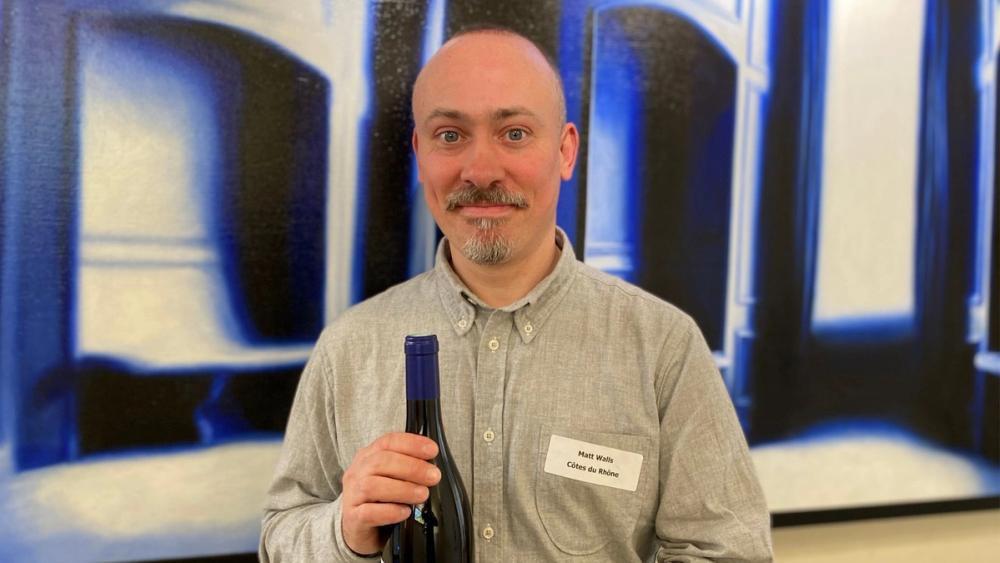
Matt Walls celebrates the changing trends in the Côtes du Rhône
In a region renowned for its deep coloured, bold reds, there is an increasing range of styles driven both by what people want to drink and what the producers aspire to make. AOC rules state minimum alcohol, maximum yields, and permitted blends (for reds and rosés) that contain the majority (over two thirds) of principal varieties, including Grenache. Other than that, the winemakers are afforded freedom to express themselves.
The use of whole bunches is making a comeback for more aromatic freshness. This has been made easier by more detailed use of the right clones and riper stems. The wines have both fresh, herbal notes of oregano, thyme and lavender whilst gaining tannic grip for a more detailed mouthfeel.
Among other trends: the use of semi-carbonic maceration, especially among natural winemakers in the region. This gives wines of lighter tannin with exuberant fruit, further highlighted by shorter extraction times, a reduction in oak influence (either through larger barrels or older oak) and a rise in the production of “sans souffre” wines. These no-added-sulphite wines are increasingly seen in co-operative portfolios, including the highly acclaimed Les Vignerons d’Estézargues, whose delicious Domaine Anderson AOC Côtes du Rhône Villages Signargues stole the show for me with utterly delicious, concentrated notes of liquorice, blueberry, blackberry, dark plum, dark cherry and a lifted violet perfume (Roberson Wine, RRP £18.00).
Plenty to explore
For those building wine lists or stocking the shelves of an independent merchant, the appellations of the Côtes du Rhône cover so many bases. The region is rich in heritage, with fascinating stories to entice wine lovers, whilst the increasing range of styles, colours, and sustainable wine making techniques are both on trend and on brand for many looking to promote the future-facing winemakers of the world. Throw in the fantastic value they represent, and these appellations really do offer the full package of what a modern wine region needs to provide.
The History of the Côtes du Rhône
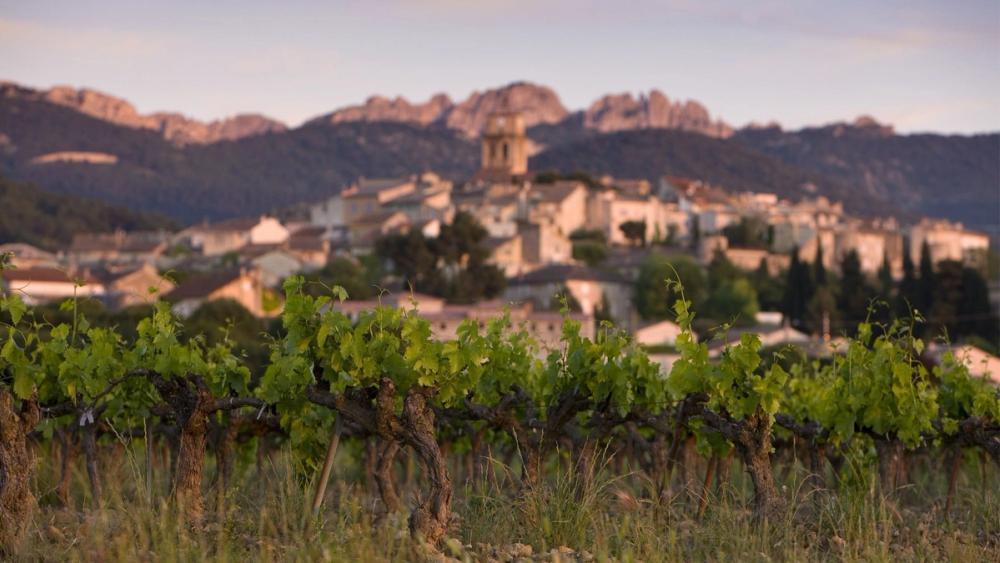
Medieval villages form the backdrop to this historical wine region
The Rhône Valley boasts a history of wine production dating back more than two thousand years. Records from the Roman settlement of Narbonne, around 118 BC, show that winemaking was already flourishing.
A boom arrived in the 14th century, as highly charged European politics saw the papacy move from Rome to Avignon in 1309, under Pope Clement V. There it stayed for the next 67 years, and the wealth and considerable thirst of the Catholic church saw an explosion in the planting of vines.
Even after the papal court returned to Rome, the trade continued, with the region enjoying a new renown, heightened by the opening of the Canal du Midi in the 17th century, followed by a decree in 1737 that saw barrels of Rhône wine bound for export stamped with a “CDR” symbol for Côtes du Rhône.
The free movement of wines and vines in and out of the Rhône Valley eventually led to unimaginable disaster. In 1862, a gift of vine cuttings from an American to his friend in Roquemaure led to the arrival of phylloxera in Europe. Within 20 years, it is estimated that 2.5 million hectares of vines had been destroyed in France alone.
The replanting and reimagining of the region began in 1890, while the 20th century saw the establishment of commercially-focused domaines and co-operatives. In 1937, the Côtes du Rhône AOC was officially established, followed in 1967 by Côtes du Rhone Village AOC.
Today, the vineyards of the Rhône Valley are the second largest set of AOC vineyards in France. At just over 66,000 hectares, it is more than double the size of Burgundy or Champagne, and over four times the size of Alsace. The majority of those vines go to make wines under the trio of Côtes du Rhône appellations that dominate production from the region.
The appellations of the Côtes Du Rhône
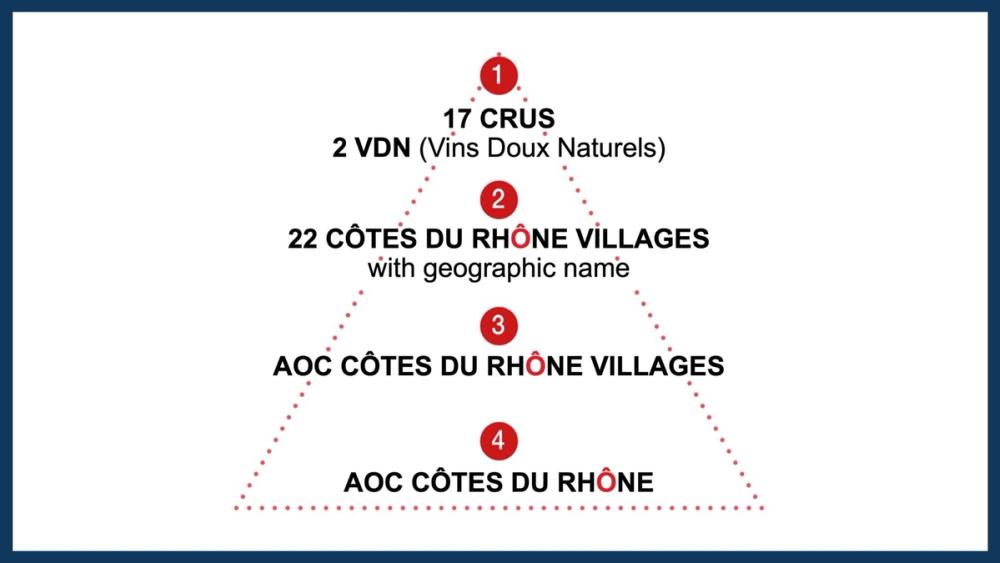
Côtes du Rhône AOC contributes around 49% of total wine production. Based across 171 designated villages, the contingent of more than five thousand producers have 23 sanctioned grape varieties at their call. The three principal varieties, Grenache, Syrah and Mourvèdre, must make up the majority of the final blend for red wines. As the region endures rising temperatures, local varieties of increasing interest include Carignan and Counoise. Although the majority of production is red wine, at 86%, the AOC also produces good commercial quantities of both rosé and white wines, something of increasing interest for wine buyers.
Climbing the quality pyramid, the next step is Côtes du Rhône Villages AOC. This is a smaller subset of 95 designated villages with tighter restrictions on permitted yields and (relatively redundant) minimum alcohol levels. The number of permitted grape varieties drops to 20 as three crossings allowed in Côtes du Rhône AOC (Marselan, Caladac and Couston) don’t make the cut. Red wine accounts for 98% of production, yet a small and rising quantity of high-quality white wine can also be found.
At the top of the Côtes Du Rhône pyramid is the so-called (and slightly long winded) Côtes du Rhône Villages with Geographic Name AOC. At just 22 villages, this is an exclusive subset of wines that Walls believes require close attention: “This is effectively a training camp before being elevated to Cru status,” he says. “These are unbeatable value and are often of similar quality to many of the famous Cru names, especially as they’re pushing for that recognition and the need to show off their terroir. It’s also a handy way to show off your knowledge to your clients!”
Our tasting with Walls included Château Courac 2019, AOC Côtes du Rhône Villages Laudun (Tanners, RRP £14.00), the next named village being promoted to Cru status, which highlighted the price-to-quality ratio perfectly.
Making sense of the terroir
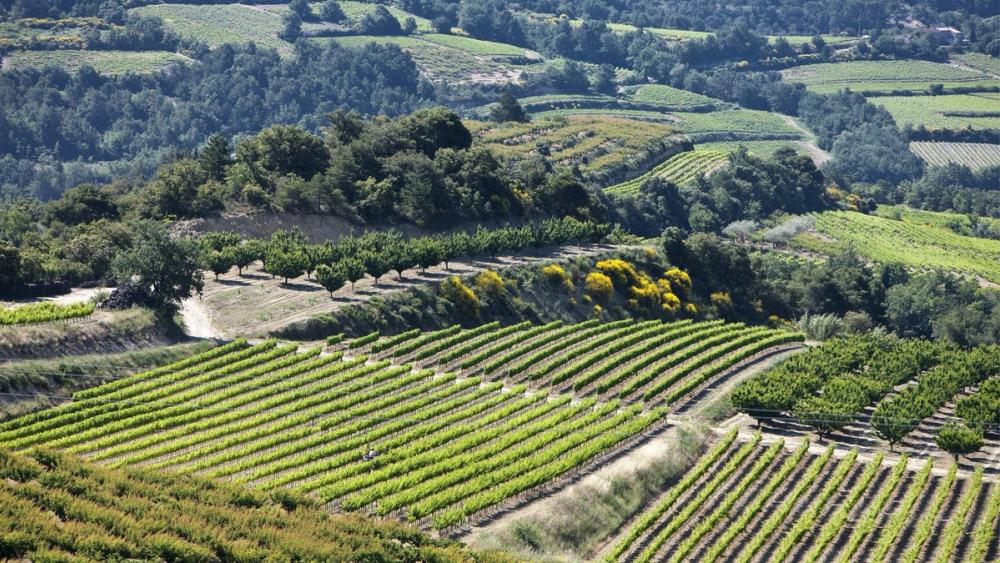
The changing aspects and topography across the Côtes du Rhône
The Côtes Du Rhône AOCs cover both the Northern and Southern Rhône. Indeed, our tasting included the delicious, Syrah-dominant Domaine Garon ‘La Part des Vivants’ 2018, Côtes Du Rhône AOC (RRP 16.00, Davy’s) whose fruit is sourced from Ampuis in the Côte Rôtie. The vast majority of fruit, however, comes from the (usually) flatter and (mostly) warmer Southern Rhône. While easy to understand, that geographic shorthand looks increasingly simplistic, as during his masterclass Walls took us through the many nuances of soil, aspect and topography at play.
Soils are more sedimentary in the Southern Rhône with the full spectrum of structures including clay, stony and sandy. There are also the renowned galets roulés, large stones of varying size thought to act as storage heaters for better ripening. Walls cautions that he is not entirely convinced: “I picked one up at night and it wasn’t hot at all,” he revealed. “What you do get though are clay subsoils and moisture collecting under these rocks, with both helping to retain water for good ripening.”
As plantings increase, with an extra 1450 hectares since 2019, and more regions prove their worth gaining promotion to named village status (such as Nyons in 2020), there has been a big shift in focus from the west to the east of the river valley. “The west bank used to be the famous side,” explained Walls. “You have Châteauneuf-du-Pape, of course, and most of the Côtes du Rhône villages were to the west. New plantings are more in the east, where richer, powerful styles of wine are now being produced.”
The stylistic differences are increasingly marked. The west bank (in the Gard départment) has sandier soils leading to lighter tannin, colour and more finesse. The tributaries to the Rhône also run east to west, allowing for air currents from the Cévennes mountain range to bring humidity, with a cooling effect. The east bank tributaries run diagonally down and channel the drying Mistral wind into the vineyards, leading to richer, more concentrated wines throughout the Vaucluse department.
For more information on the Rhône training programme, please contact Solenn Guillermin at sguillermin@sopexa.com
Matt Walls is the leading UK expert on the wines of the Rhône. He is the Decanter World Wine Awards Chair of the Rhône, and his book Wines of the Rhône for the Classic Wine Library has become the go-to textbook on this ever changing and exciting region. For more information on Matt, please visit his website https://www.mattwalls.co.uk/
Mike Turner is a freelance writer, presenter, and educator and regular contributor for The Buyer through his editorial company Please Bring Me My Wine. He also runs a wine events business, Feel Good Grapes (www.feelgoodgrapes.com), that explores and discusses the idea of sustainability in the wine trade.

